
Paleo Pumpkin Pie
Happy Canadian Thanksgiving! One of the my favourite holidays, Thanksgiving is about practicing gratitude while getting together with family for delicious seasonal food, warming spices and, of course, eating pumpkin pie!

Happy Canadian Thanksgiving! One of the my favourite holidays, Thanksgiving is about practicing gratitude while getting together with family for delicious seasonal food, warming spices and, of course, eating pumpkin pie!
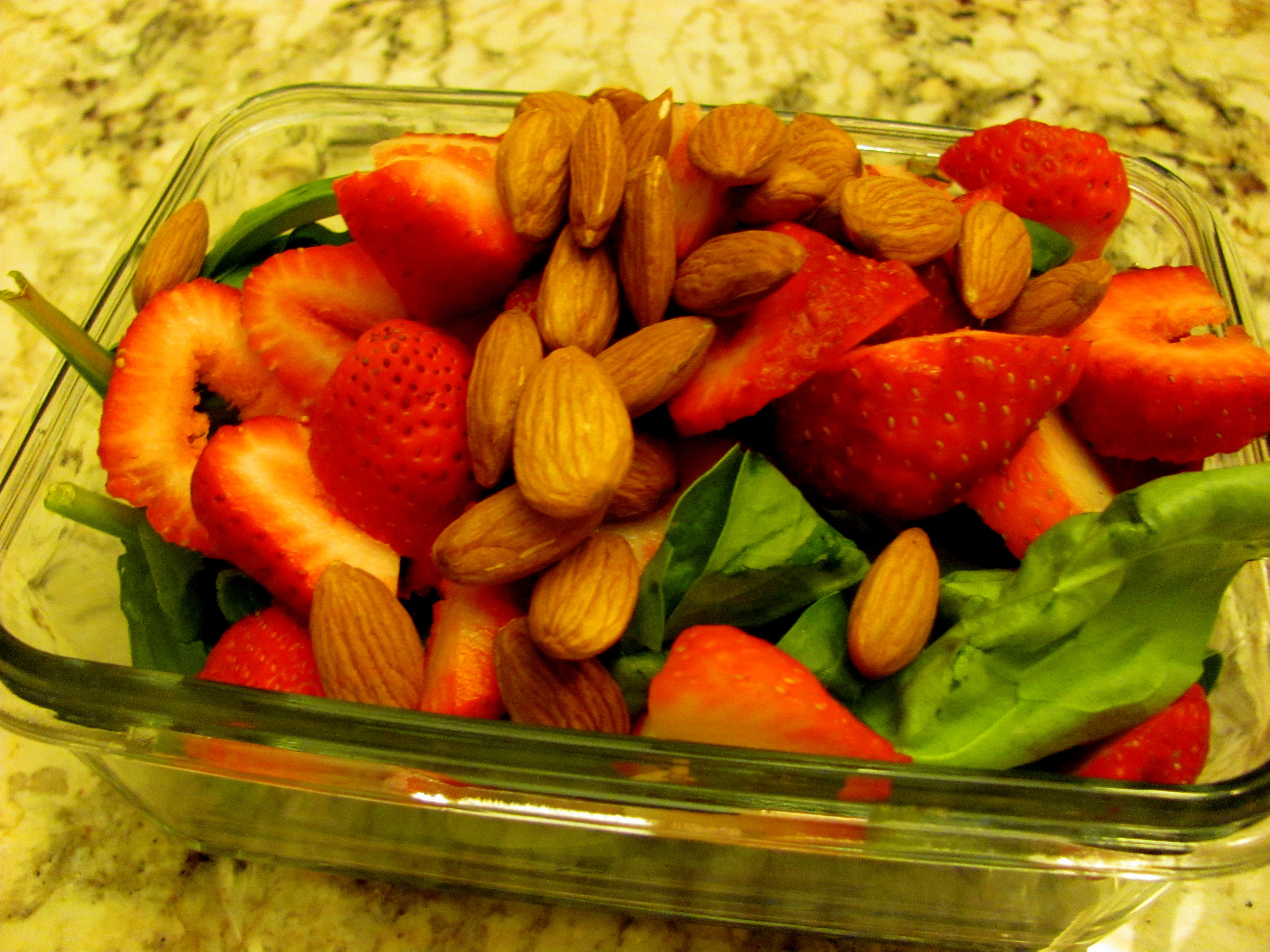
Since the summer I’ve been obsessed with this particular salad. It consists of strawberries, a handful of almonds and baby spinach (or mixed greens) and is dressed with a simple vinaigrette of balsamic vinegar and olive oil.
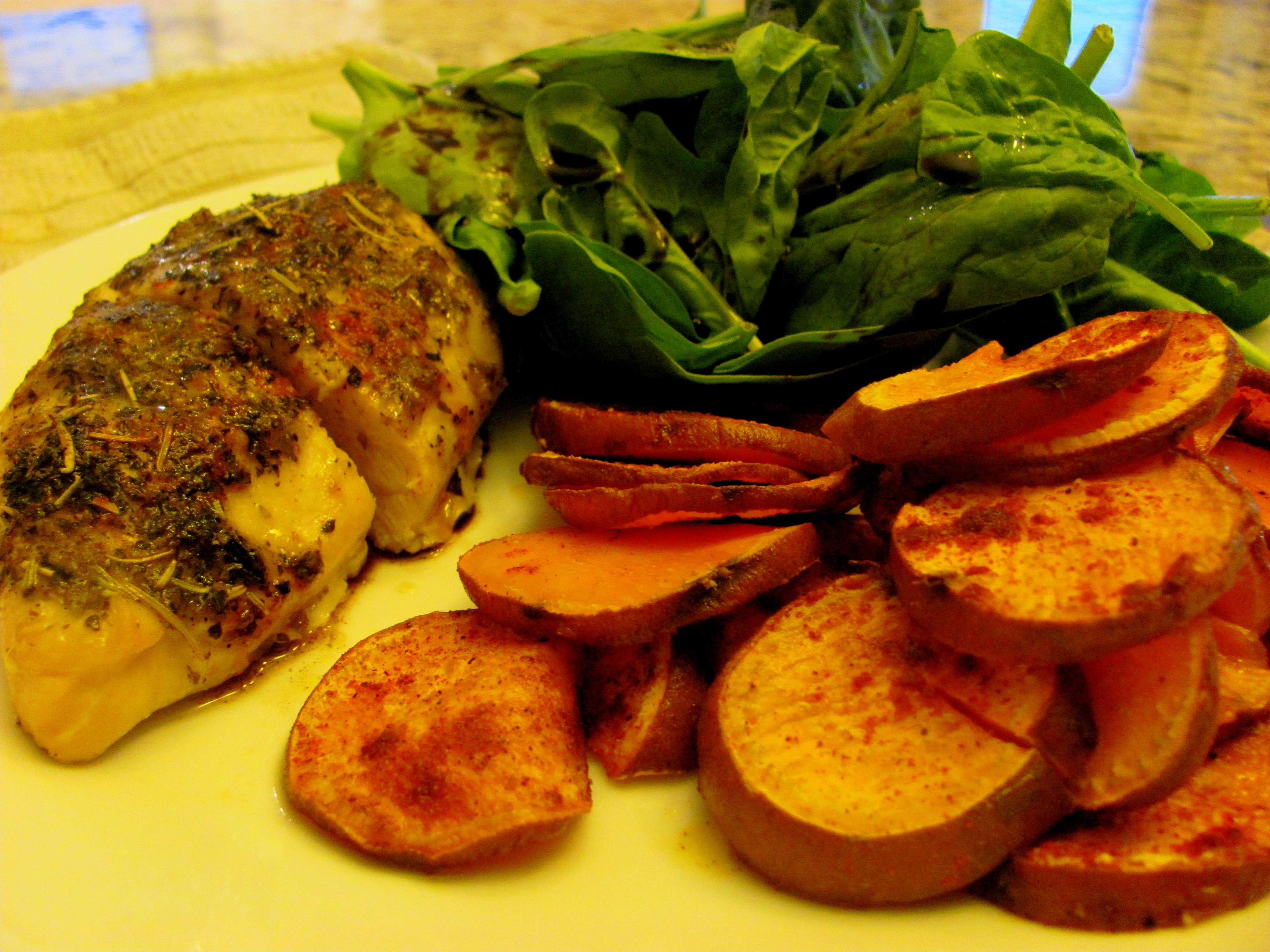
For the next three weeks I’m house-sitting at my parents’, 1.5 hours away from the school. Not only are classes at CCNM long and tiresome, my commute time has also increased. I also have the added stress of having a small dog waiting for me when I get home. This makes finding the time to prepare something healthy to eat at night a challenge.
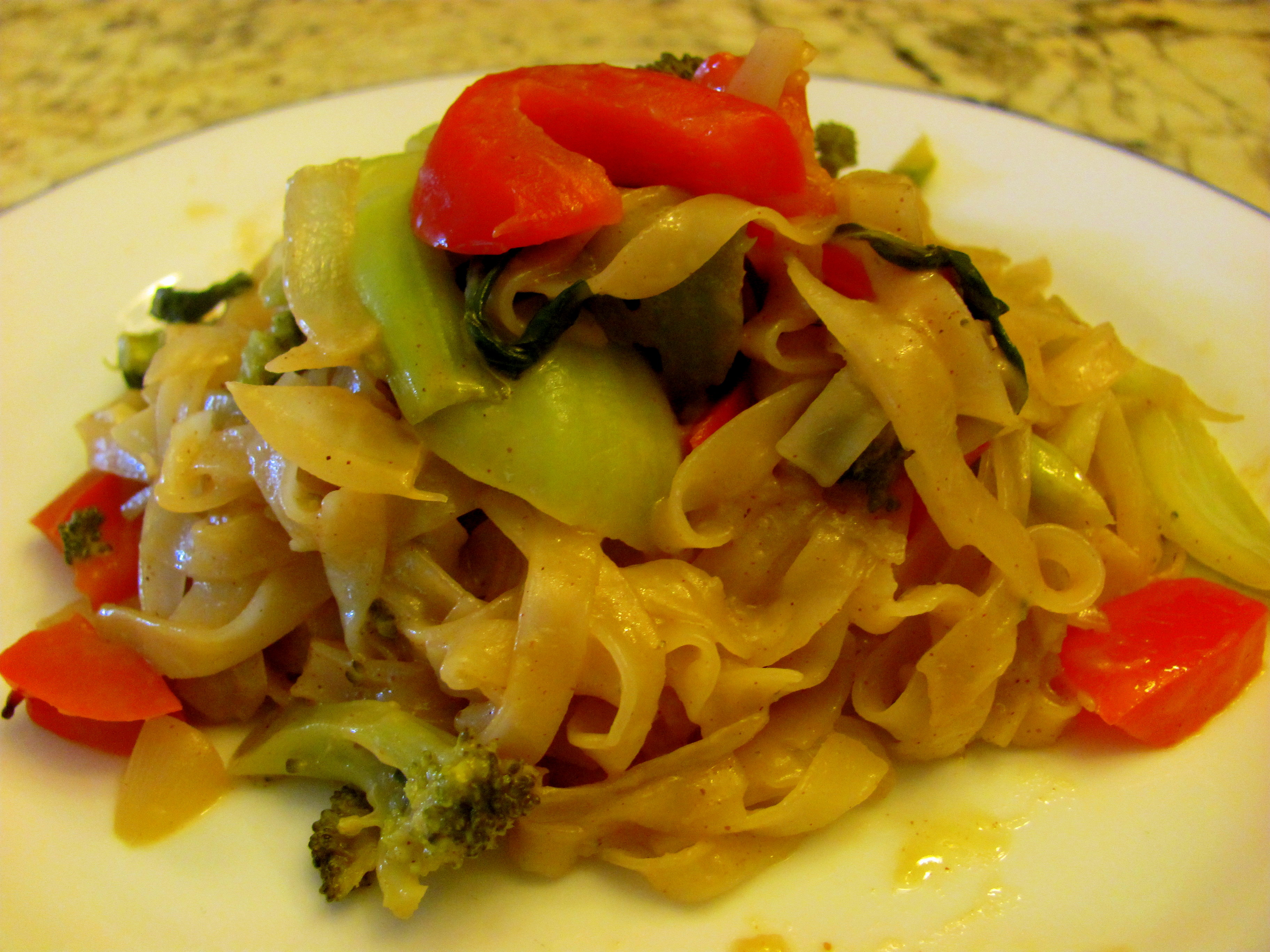
The Elimination Diet doesn’t have to be just about chicken and brown rice. Here’s how to enjoy delicious Asian food-cart food from the comfort of your own home, without sacrificing your diet.
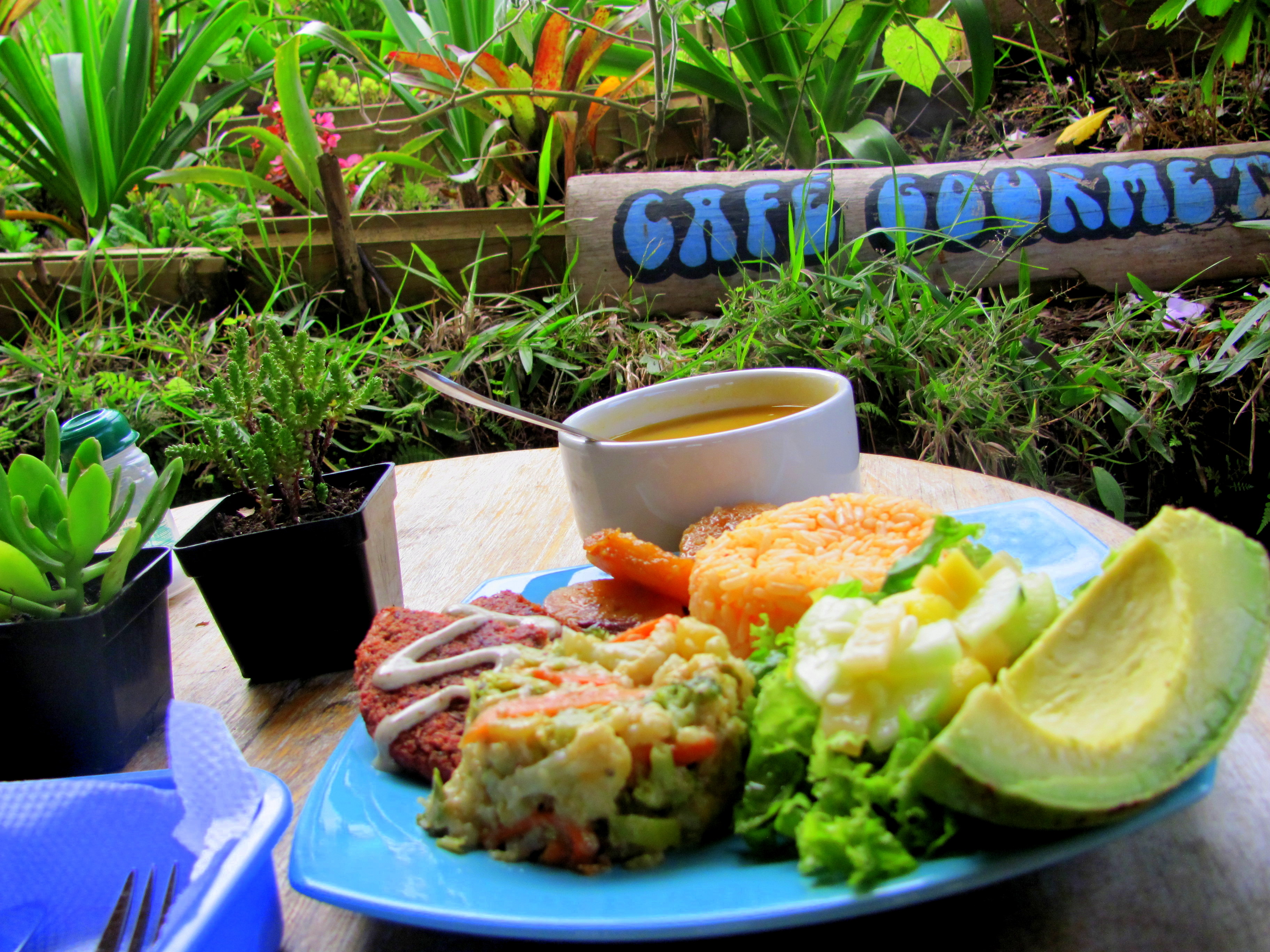

It´s been a while since I´ve talked about food on this blog, which is a shame, since this blog is about naturopathic medicine and, as Hippocrates said, “let food be thy medicine.” Any naturopathic doctor will tell you that a great diet is the key to health, happiness and longevity. I´ve just gotten back from my fourth trip to Colombia and have decided to reflect on my most recent experience with Colombian cuisine.
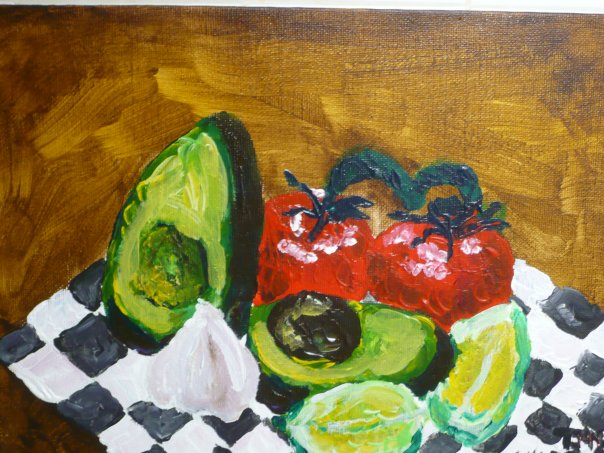
I love guacamole. The smooth, slightly bitter taste of fresh avocado, cut with the sour, clean taste of lemon, the pure pungency of raw garlic (I love garlic, especially raw), the sweetness of tomato, all rounded out with a hint of salt.
Guacamole, combined with some rice crackers, carrot sticks or healthy whole grain chips, is the perfect snack to lubricate a humorous, hand-waving, mid-afternoon conversation around the kitchen table. It combines the 6 Ayurvedic tastes, making a balanced, nurturing snack to help foster communication and familial bonding.
Guacamole marks the beginnings of my dabbling in “Whole Foodism”, which began sluggishly before starting naturopathic school. In guac, each ingredient is whole, fresh and eaten raw, their ripe flavours mingling in the perfect taste bud-stimulating combination. I remember a stiflingly hot afternoon, too hot to cook, sitting on the front veranda of my Cartagena, Colombia apartment, eating a cooling, soothingly filling guacamole snack. It sure beat rice and beans…
This snack represents what health food should be: fresh, simple and a natural mingle of flavours. Nature’s chemistry comes together to entertain, nurture and fuel. Ingredients are measured imprecisely, variably, depending on the size of the fruits in season, leaving each batch with a subtly different blend of flavours. What could be more perfect than that?
The shear simplistic beauty of this snack became an inspiration for a quick, loosely painted rendition using acrylic, thickly and freely applied, on canvass board, created in my aunt’s Calgary home.
Perfect Guacamole:
2 ripe avocados: peel, mush and leave in one of the pits
juice from one fresh lemon
2 cloves of minced, raw garlic
1 tomato, cut into small pieces
1 pinch of salt
Mix well, dip rice crackers, chips or raw vegetables
Even Nonna loves it!
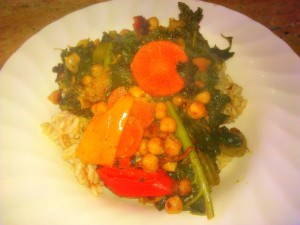
 Colombian food mainly consists of: white rice, a large portion of bland, unseasoned, tough meat, potatoes and a “salad” (which means one leaf of iceburg lettuce and a pale, sad tomato slice).
Colombian food mainly consists of: white rice, a large portion of bland, unseasoned, tough meat, potatoes and a “salad” (which means one leaf of iceburg lettuce and a pale, sad tomato slice).

 Now that the temperature is dropping, it is important to maintain agni, our digestive fire, in order to keep us energized, warm and free from colds and flu.
Now that the temperature is dropping, it is important to maintain agni, our digestive fire, in order to keep us energized, warm and free from colds and flu.
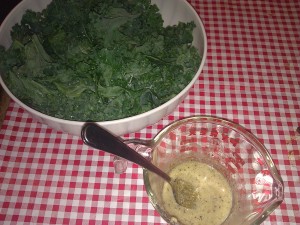
Sometimes I wonder about the so-called “health food” that we encounter in health food restaurants like Fresh in Toronto. I mean, what exactly constitutes a health food?
Are fried onion rings healthy just because they were breaded with quinoa instead of corn batter? I am inclined to say no: fried onion rings, whether they are breaded with quinoa or corn, are still fried. Sometimes our good intentions fail when we prepare healthy foods in the same, unhealthy way as fast foods.
I think it was Meghan Telpner of “Making Love in the Kitchen” who said that a health food is a food that promotes health, not just a food that doesn’t cause disease. Does that mean that those with a fetish for salty, crispy snacks face a lifetime of deprivation? I assure you not! Allow me to present The Kale Chip: a salty, crunchy snack that will indeed make you healthier! As Dr. Phil R. says, “It’s like sunshine for your cells.” (Well, maybe not, but they’re still great for you!)
Kale is a dark, leafy green, full of flavenoids (potent anti-oxidants), vitamins, minerals and fibre. It can be cooked like spinach, used instead of lettuce in salads and, best of all, slowly baked into crispy, savoury chips, to satisfy your salty tooth!
How to make them:
The Kale
I buy a huge bundle of kale for $2.99 at Metro at Spadina and Bloor. This bundle is good for at least two batches of kale chips. Break up the kale leaves into chip-sized pieces, wash them thoroughly and drain out any excess water.
The Dressing
– 1 tbsp apple cider vinegar
– 1 tbsp tahini
– 1 tsp garlic powder
– pinch of salt
(if you find that the dressing isn’t enough to adequately cover the kale pieces, increase the amounts in the appropriate ratios to make more).
All good chips come with seasoning (come on, when was the last time you craved plain chips?). To make this health-promoting seasoning, add apple cider vinegar, tahini, garlic powder and salt together and mixed well to create a sauce. Then pour the sauce over the bowl of kale pieces and toss thoroughly to cover the kale evenly.
Next, spread the dressing-covered kale pieces onto a baking sheet and set your oven on its lowest temperature: in my case, 140 degrees.
Let the kale bake for 4 hours, turning the leaves over at the midway (2 hour) mark.
After 4 hours, take them out, let them cool and, in the morning, pack these little babies into a little container to take with you to work or class. For me, a 5-hour nutrition class goes by much more smoothly when I have a delicious, vitamin-packed snack to munch on!
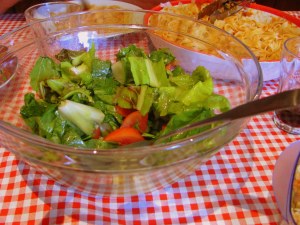
I’m sure all of you can name the 4 taste receptors that scientists have discovered on the tongue: sweet, sour, salty and bitter. However, Ayurvedic medicine has categorized food properties into 6 distinct tastes.
Some of the constitutional doshas require more of certain tastes than others, but it is thought that well-balanced meals encompass all 6 of the Ayurvedic tastes, covering the entire spectrum of food quality. The 6 Ayurvedic tastes are: sweet, sour, salty, bitter, pungent and astringent.
According to Ayurveda, balancing the 6 tastes in the diet aids digestion, ensures physical, emotional and mental well-being and helps decrease aggravation of the dominant dosha of an individual.
About the tastes:
Sweet:We can all easily identify sweet foods, such as honey and fruits. However, sweet taste also includes carbohydrates like rice and other grains, potatoes and milk. Sweet functions include building up tissues and calming nerves.
Sour: Includes acidic fruits such as oranges, lemons and grapefruit, fermented foods (yogurt, kambucha, sauerkraut), alcohol and vinegar. Sour taste acts to cleanse the body and increase the absorption of nutrients.
Salty: Foods that contain salt, from minerals, meat or seaweed. Salt acts to stimulate digestion and improve the taste of food. It also calms nerves and relaxes the mind.
Bitter: Includes dark leafy greens and certain herbs and spices. We often lack enough bitter tasting foods in our Standard American Diet, however, bitter taste is important for detoxification and digestion. According to our Botanical Medicine class, it improves appetite, aids digestion and psychologically “increases one’s appetite for life”.
Pungent: Foods that are spicy, including herbs, peppers and garlic. Pungent tastes increase metabolism and aid digestion.
Astringent: These are foods that produce a “dry” taste in the mouth. Foods that are astringent include legumes, certain fruits, such as apples and pears, certain vegetables, tofu and herbs. Astringent taste helps “dry” fats, thereby aiding weightless, and tightens tissues. In Western Herbalism astringent herbs are used for wound healing and tonifying mucus membranes of the skin, respiratory, urinary and digestive tracts.
Although having a balance of the 6 tastes is beneficial for a healthful diet, increasing certain foods in the diet can help balance the dosha that one is predominant in:
Vata Dosha is balanced by sweet, salty and sour tastes.
Pitta Dosha is balanced by sweet, bitter and astringent tastes.
Kapha Dosha is balanced by bitter, pungent and astringent tastes.
In the Western world we rely heavily on sweet, sour and salty tastes, through a diet high in carbohydrates, processed foods (high salt content) and alcohol (sour). Considering the fact that we live in a Vata-aggravated society, it is comprehensible that our culture gravitates to these tastes more than the other three. However, the leading rise in obesity (Kapha aggravation) could be reflective of the lack of bitter, pungent and astringent tastes in our diets.
In my Ayurvedic course we analyzed various ethnic diets and found that cultures with a set of dietary practices usually include all 6 tastes in their cuisine. We examined Indian, Thai, Persian, Ethiopian and Chinese cuisines, but I also feel that even Italian food represents a balanced diet, according to Ayurveda.
If we take a typical Italian meal – pasta with meat sauce and Insalata Della Nonna– we see that all 6 tastes are represented.
The sweet tastes are represented by the pasta (be it rice pasta, spaghetti squash or another form of pasta), the tomato sauce and some of the vegetables in the salad.
The salty tastes are from the salt and meat added to the sauce.
The sour taste is from the homemade red wine vinegar salad dressing (and the wine!).
The bitter taste comes from the radicchio and fresh garden lettuce in the salad.
The pungent tastes come from the garlic and chili peppers used to make the pasta sauce.
The astringent tastes comes from the fennel and celery in the salad and the apple for dessert.
Dissecting your daily meals for tastes that your diet may be missing is a fun and therapeutic practice. Use it to see how your own diet (whether it is one you have invented for yourself or the one dictated to you by your family or country of origin) may be improved by adding certain flavours. I find it aids me in achieving balance in my own diet, especially when traveling to a new country or designing my own meals. Practicing mindful eating is helpful to detect and distinguish the flavours of your favourite food staples. Chew them slowly and try to decide if the food in your mouth is sweet, salty, sour, bitter, pungent or astringent, or a combination of two or more of these flavours.